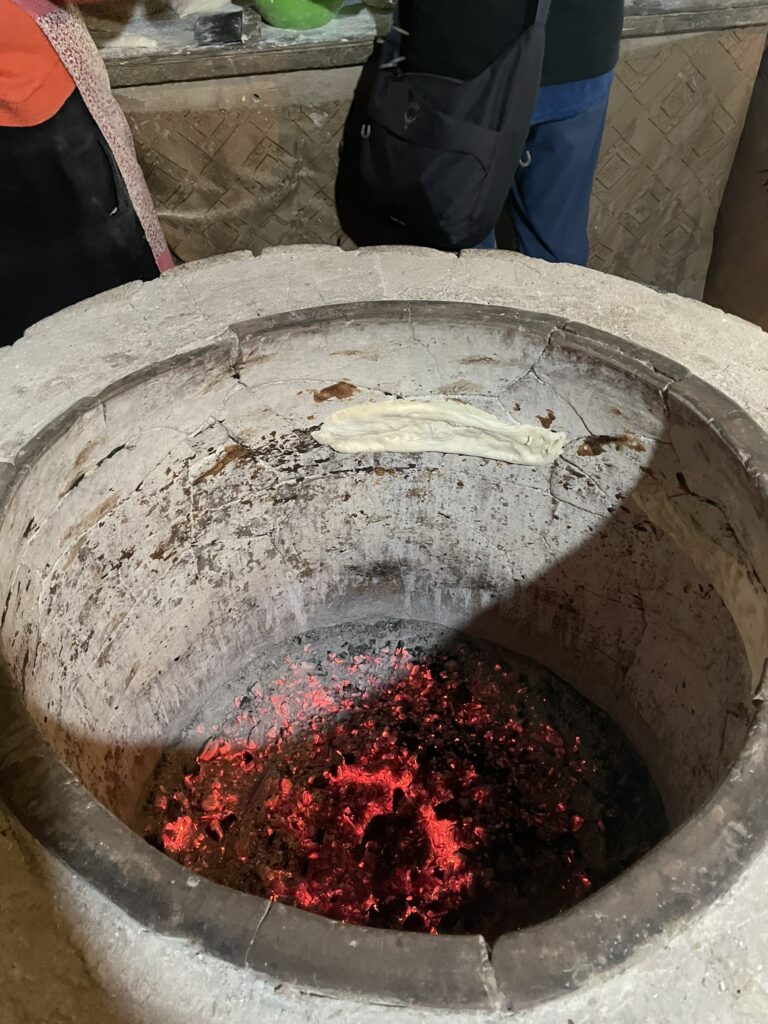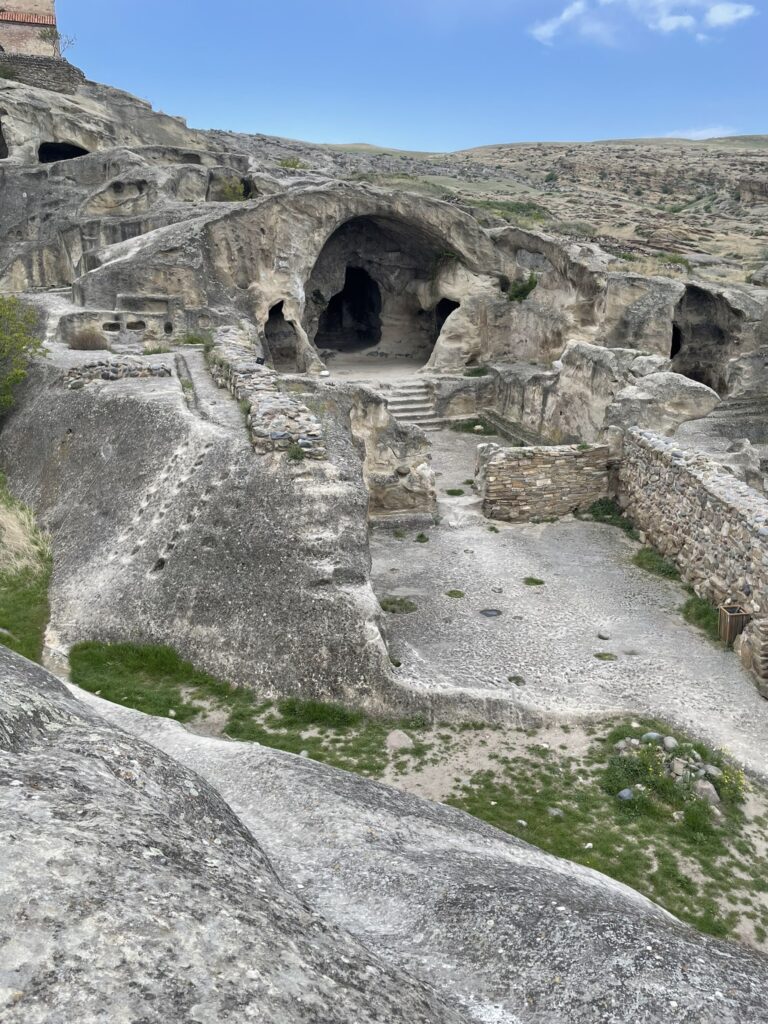Business class, for most travel within Europe, is essentially economy with an unoccupied seat next to you. The seats are the same 3 x 3 as in the economy section, but the middle seat is blocked. A nice exception to that and a pleasant surprise was Turkish Airlines. I had a nice, wide, leather seat, with more legroom than you would have in first class on a flight within the U.S. The service and the food were both excellent.
My connecting flight was at Istanbul airport. I had a little over four hours for my connection. After several days of lots of walking in Sarajevo, I was ready to take it easy on my travel day. NOT!! I think I had 20,000 steps at Istanbul airport! After my flight arrived, I walked for 35 minutes to get to the central point where international arrivals are funneled through a security check. I then spent 20 to 25 minutes getting through that process. I then started working my way to my next gate, a 30-minute walk. When I got there, I was expecting there would be lounge nearby, but I discovered Turkish Airlines has only one lounge in this huge airport, and it was a 25-minute walk from where I was. The good news in all this: the Turkish lounge was outstanding. Also, this huge terminal at IST is fairly new, shiny and clean. But despite a long connection, I could only stay there a little over an hour! I needed 25 minutes to get back to my departure gate. All this walking involved massive human congestion and bottlenecks. I had always considered Heathrow airport to be the worst for making a connection, but IST now tops my list.
I had signed up for a ten-day group tour of the country of Georgia. The tour company is called Advantour. The company is based in Tbilisi, the capital city (the locals pronounce it Tuh-BLEE-see). It specializes in tours of the Caucasus region. Advantour picked me up from Tbilisi airport on Friday evening and took me to my hotel. The next morning a driver picked us up and we proceeded to the Kakheti wine region, about a two-hour drive. We visited a winery, and a historic residence of the dukes of Georgia. There, in the wine cellar, we had a wine tasting at 11am! After that, we had lunch with a local family. The grandfather (same age as me) was the main host, but his son cooked the meat, his daughter in law prepared many of the other things, and his granddaughter did a traditional Georgian song and dance. Plus, I had my first chacha there. Chacha is the Georgian equivalent of grappa. They have it both before meals and after meals! The food was incredible. I also had khinkali (uniquely shaped dumplings filled with meat and herbs) for the first time. We then stopped at one of many roadside vendors selling a freshly baked bread cooked onsite called puri.

I really enjoyed my fellow travelers. This was a small group – only seven people. In addition to me, there were 3 from the U.S., one from Ireland, one from Australia (currently living in Bali), and one from Italy.
On the drive back to Tbilisi, I was not feeling well. I arrived at the hotel and took my temperature. It was 101. Then the diarrhea kicked in big time. I had to skip the Tbilisi city tour the next day (Sunday). I just stayed in my hotel room other than light meals out within a block of the hotel. I strongly suspected food poisoning, possibly from a late evening burek my last night in Sarajevo. Fortunately, one of my fellow group travelers offered up some medicine that is used in Mexico for food poisoning. I think that helped me recover more quickly.
I did decide to go with the group on Monday, even though I was not feeling great. I am so thankful that Imodium works well–I had the confidence to go on a long drive without the need for emergency stops. We headed north up in the mountains on the Georgian Military Highway. This is the main route for trucks traveling from Turkey, Georgia, Armenia etc. to and from Russia. Long lines of trucks were pulled over on the shoulder started 90 km from the Russian border! That was fascinating. It apparently sometimes takes days for truck drivers to make it through the border crossing. We stopped at the Soviet-era “People’s Friendship” mountain viewpoint, which overlooks a deep gorge of the Caucasus Mountains. In Kazbegi, 10 km from the Russian border, we switched to a four-wheel drive vehicle to reach Gergeti Holy Trinity Church located at an altitude of 2,170 meters with views of Mount Kazbegi and the mountains in Russia.
After staying overnight in the mountains, we headed south. After a few church/monastery stops, we stopped at an old cave town, Uplistsikhe, which dates back to the Hellenistic Period. We then had an amazing lunch where the owner grows/raises everything served on his land next door (including his own wine and chacha!). We then went to the town of Gori, the birthplace of Joseph Stalin, and toured the Stalin Museum. I had not had a recent history lesson on the Soviet Union–the tour was both interesting and heartbreaking. While Stalin is considered a “bad guy” by most Georgians, he is revered in Gori (a town of about 50,000). We changed to a new guide and driver after the Stalin Museum. We then continued on to our overnight stay in Kutaisi, the third largest city in Georgia.

Leave a Reply